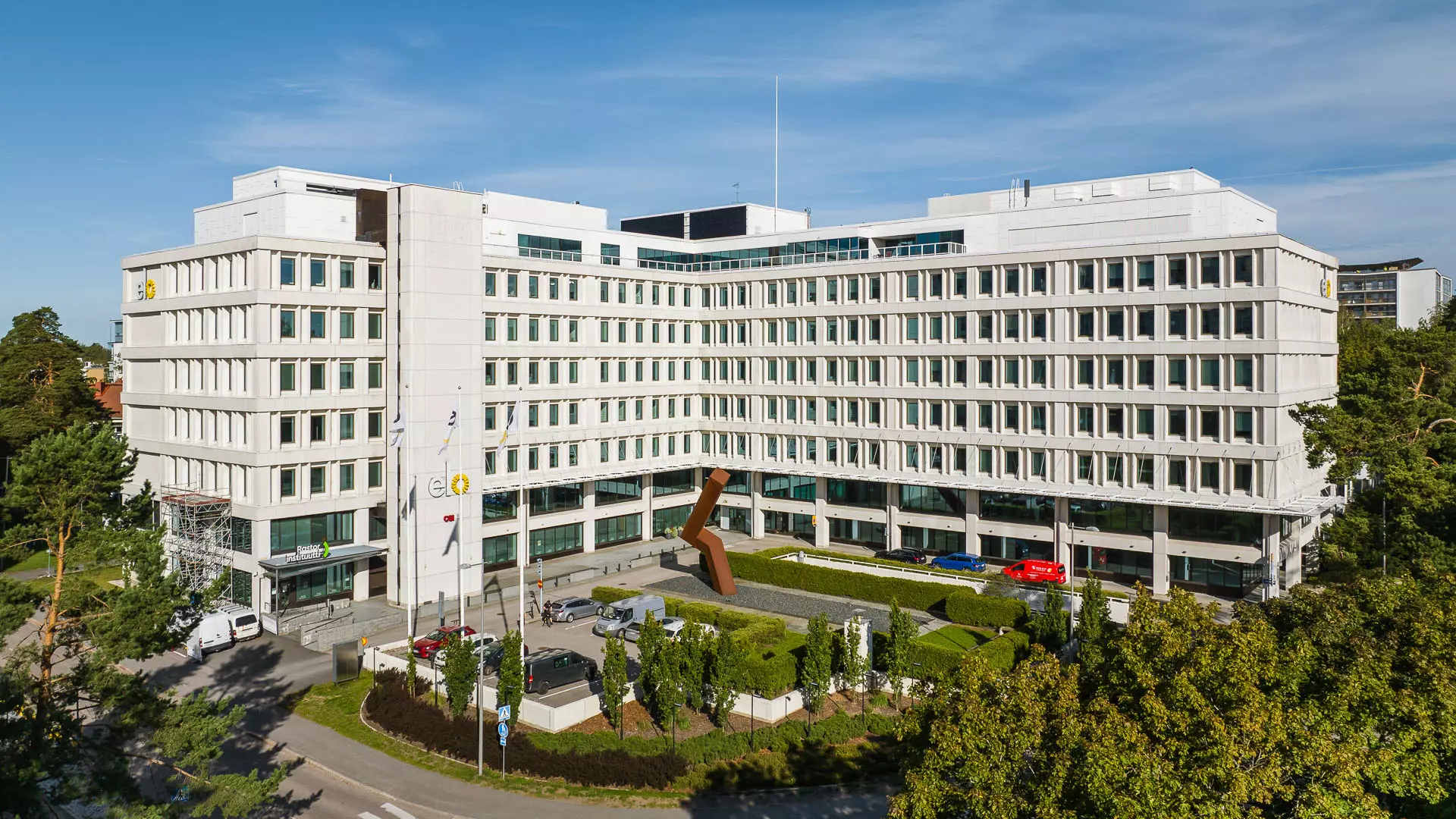Elo interim report 1 January–30 September 2024: Return on investment reached 7% driven by the strong performance in listed equities
/ News

The return on Elo’s investments remained strong in January–September. The highest returns were generated by listed equity investments with a return of 14.1 per cent. Elo’s solvency ratio increased further, and operating expenses decreased.
The figures in brackets refer to the corresponding period in 2023 except where otherwise noted.
Key figures January–September 2024
- The total result grew to EUR 714.5 (-90.9) million.
- Net investment income was 7.0 (2.8) per cent, or EUR 2.1 billion. The market value of the investments was EUR 32.0 (30.0 at the end of 2023) billion. The average 10-year return on investment was 5.7 per cent. This corresponds to an average real return of 3.6 per cent.
- The operating expenses covered by the expense loading decreased to EUR 55.7 (58.3) million.
- Premiums written amounted to EUR 3.3 (3.3) billion. A total of EUR 3.5 (3.3) billion was paid in pensions and other benefits.
- The solvency ratio was 123.1 (121.3 at the end of 2023) per cent and solvency capital was 1.4 (1.5 at the end of 2023) times the solvency limit.
Listed equity investments generated highest returns
−Our investments generated good returns, and our management fee was competitive thanks to our cost-efficiency, says Carl Pettersson, CEO of Elo.
The excellent equity market performance in the first half of the year stopped in July when the interim results of the US big tech did not meet the high expectations of investors. The equity market decline escalated in early August when the repricing that began in Japan spread to the global capital markets. The uncertainty remained short-term and the equity markets had already rose close to their highest levels for the year by the end of August.
Elo’s equity investments generated a return of 10.1 (4.0) per cent. The best performing asset class was listed equities, with a return of 14.1 (4.5) per cent. In the third quarter, utility companies performed best in the US, while in the euro zone listed real estate companies performed best. In Europe, the equity markets picked up towards the end of the summer. The rise in European equities also spread to the Finnish equity market, which saw growth after the middle of the third quarter.
As inflation eased, central banks shifted their focus, especially in the US, to growth and the labour market. This impacted the interest rate markets, decreasing key interest rates in the US and the euro zone in September. Changes in the expectations of a fall in key interest rates decreased market interest rates and resulted in positive returns on sovereign bond investments during the third quarter. Credit risk margins reacted to increased market uncertainty after a good start of the year. Even though the movements in corporate bond margins were significant, the changes remained moderate at quarterly level. Elo’s fixed income investments generated a return of 4.0 (2.4) per cent.
The return on real estate investments was 1.9 (-1.6) per cent. Due to the decrease in interest rates, a cautious recovery of the real estate market is expected during the remainder of the year and 2025. Elo’s other investments generated a return of 6.3 (3.9) per cent. Other investments consisted mainly of hedge fund investments, the return of which stabilised to 6.4 per cent (4.3 per cent).
Positive result in YEL and room for improvement in TyEL
−There were both successes and areas for improvement in the September transfer period. We achieved a fine positive result in YEL, while the result was negative for TyEL. We have carried out projects related to the implementation of the strategy and supporting sales in the organisation. I am convinced that the services and operating models developed for the benefit of our customers will bring results, says Pettersson.
The review of entrepreneurs’ earned incomes continued and over 13,000 entrepreneurs’ earned income have been checked during the year. The amount of YEL income increased by 7.1 per cent in January–September. The amount of TyEL credit losses for January–September was 9 per cent higher than for the corresponding period the previous year. The financial situation of companies is not yet improving, and the number of bankruptcies will remain at a high level for the coming months at least. The annual amount of credit losses is expected to increase year-on-year.
Elo issued more pension decisions than during the corresponding period in the previous year. The number of decisions on partial old-age pensions increased by approximately 75 per cent compared to the corresponding period in the previous year. The number of decisions on vocational rehabilitation remained at the same level.
Outlook
The economic growth outlook has weakened following the trend in key industrial economic barometers. Uncertainty has increased by the expansion of geopolitical tensions in the Middle East. During the remainder of the year, the Finnish economy will be supported by interest rate cuts launched by the ECB, which should accelerate companies' investments. Consumption is supported by the recovery in real household incomes. In addition, the expected strengthening of the euro zone economy in 2025 will likely help Finnish exports.
Elo will continue the efficient implementation of the employment pension system, and in accordance with the strategy, wants to increase its market share in TyEL insurance and maintain its position as the market leader in YEL insurance. Elo will continue to invest in the development of work ability services and create added value for customers to reduce work ability risks. According to the strategy, Elo ensures adequate solvency and aims to achieve good returns on its investments in the long term.
Further information:
CEO Carl Pettersson, interview requests Communications Manager Miia Pullinen, tel. +358 40 588 3637
Interim Report 1 January - 30 September 2024 >
Interim Report Presentation 1 January - 30 September 2024 >